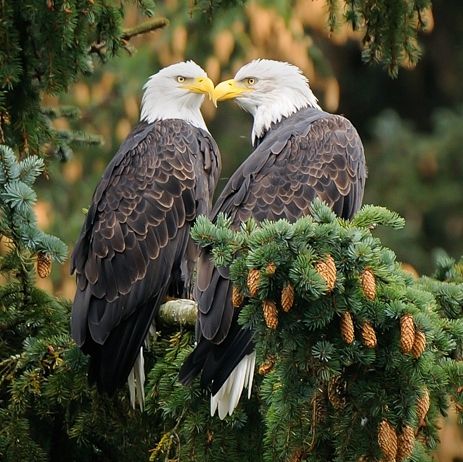TonyChanYT
Member
- Aug 11, 2023
- 365
- 57
Wiki:
Is this possible?
The more usual question is this: Does the flap of a butterfly's wings in Brazil set off a tornado in Texas?
Better yet, what is the probability that the flap of a butterfly's wings in Brazil will set off a tornado in Texas?
It is 0.
What are the initial conditions for producing a tornado?
Warm, humid air near the ground with cooler, drier air aloft creates an unstable environment where air rises rapidly. Note the differentials in air temperature and moisture content. A single butterfly does not affect these initial factors.
Changes in wind speed and direction with height provide the rotational component necessary for tornado formation. A single butterfly has zero effect on wind shear.
A flap’s energy (~1 μJ) is dwarfed by the initial atmospheric energy needed to produce a tornado. A single butterfly is inconsequential in affecting these initial conditions. The flap of a single butterfly's wings is unlikely to have any noticeable effect even 10 meters away, let alone on something as large and complex as a tornado forming thousands of kilometers away. Whatever tiny effect a butterfly has on its immediate environment will be overwhelmed by other more powerful factors.
Does the flap of a butterfly's wings in Brazil set off a tornado in Texas?
No, I don't think so. The Butterfly Effect is a misnomer.
Dr John Polkinghorne was a theoretical physicist, theologian, and Anglican priest. He won the Templeton Prize. He seemed to believe the literal possibility of the butterfly effect. He agreed that a butterfly flapping in China could change the weather in Brazil.In chaos theory, the butterfly effect is the sensitive dependence on initial conditions in which a small change in one state of a deterministic nonlinear system can result in large differences in a later state.
Is this possible?
The more usual question is this: Does the flap of a butterfly's wings in Brazil set off a tornado in Texas?
Better yet, what is the probability that the flap of a butterfly's wings in Brazil will set off a tornado in Texas?
It is 0.
What are the initial conditions for producing a tornado?
Warm, humid air near the ground with cooler, drier air aloft creates an unstable environment where air rises rapidly. Note the differentials in air temperature and moisture content. A single butterfly does not affect these initial factors.
Changes in wind speed and direction with height provide the rotational component necessary for tornado formation. A single butterfly has zero effect on wind shear.
A flap’s energy (~1 μJ) is dwarfed by the initial atmospheric energy needed to produce a tornado. A single butterfly is inconsequential in affecting these initial conditions. The flap of a single butterfly's wings is unlikely to have any noticeable effect even 10 meters away, let alone on something as large and complex as a tornado forming thousands of kilometers away. Whatever tiny effect a butterfly has on its immediate environment will be overwhelmed by other more powerful factors.
Does the flap of a butterfly's wings in Brazil set off a tornado in Texas?
No, I don't think so. The Butterfly Effect is a misnomer.




